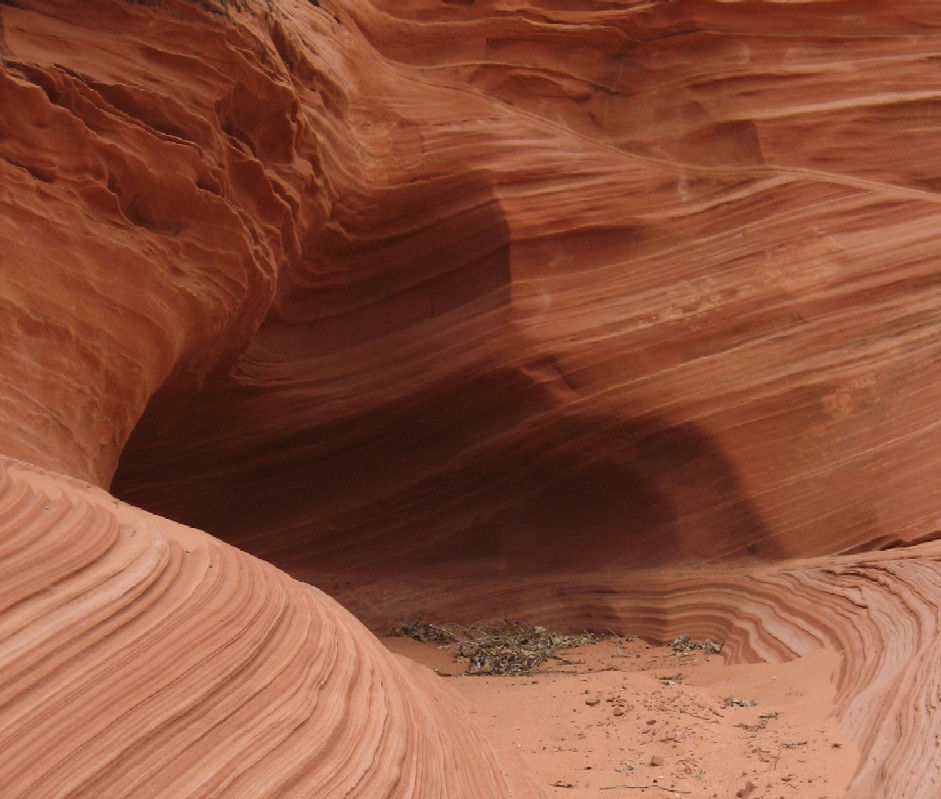
 Water holds the meaning of life. March 22nd is an annual dedication from the UN for World Water Day. A nation's quality of life and measure of economic success depends on how big and how clean is their water supply. Few understand where their water originates, whether the source of it is an ancient aquifer or the cool fridge dispenser with cube or chip ice options.
Water holds the meaning of life. March 22nd is an annual dedication from the UN for World Water Day. A nation's quality of life and measure of economic success depends on how big and how clean is their water supply. Few understand where their water originates, whether the source of it is an ancient aquifer or the cool fridge dispenser with cube or chip ice options. Clean water is increasingly difficult and expensive to find consistently across the entire planet. Just last year in the US state of Georgia, the Governor held a Prayer Vigil to seek God's help in granting Rain as 3,000,000 people in Atlanta were down to the last month of their water supply. Lake Chad was once a vast visible water source on 4 nations' borders, now it is a dilapidated and polluted puddle, virtually inaccessible from war torn Darfur where potable water is everything in maintaining power during a drought. The United Nations states more than 1 out of 6 people on Earth have little to no access to clean drinking water. Where is our political will to make clean water a human right?
Clean water is increasingly difficult and expensive to find consistently across the entire planet. Just last year in the US state of Georgia, the Governor held a Prayer Vigil to seek God's help in granting Rain as 3,000,000 people in Atlanta were down to the last month of their water supply. Lake Chad was once a vast visible water source on 4 nations' borders, now it is a dilapidated and polluted puddle, virtually inaccessible from war torn Darfur where potable water is everything in maintaining power during a drought. The United Nations states more than 1 out of 6 people on Earth have little to no access to clean drinking water. Where is our political will to make clean water a human right?Mighty nuclear power nations are finding water issues that are close to making them helpless in the face of shortages that will put the economy in shambles. China literally moved the Yellow River so their would be
 enough water in Beijing just for the 2008 Olympics. The US has a looming crisis in the Western region as one governor proposed taking water from the Great Lakes which have been hit with severe drought conditions. Pakistan is desperate to build dams for urban dwellers, industry and power supply, but it diverts water away from farms, livestock and its indigenous peoples. Every dam project or public private partnership involving water touts dramatic water improvements and smaller operating costs which never quite turn up as rate decreases; see China's Three Gorges Dam or Libya's multitude of Islamic Green pipes for an underground river that trickles along at best.
enough water in Beijing just for the 2008 Olympics. The US has a looming crisis in the Western region as one governor proposed taking water from the Great Lakes which have been hit with severe drought conditions. Pakistan is desperate to build dams for urban dwellers, industry and power supply, but it diverts water away from farms, livestock and its indigenous peoples. Every dam project or public private partnership involving water touts dramatic water improvements and smaller operating costs which never quite turn up as rate decreases; see China's Three Gorges Dam or Libya's multitude of Islamic Green pipes for an underground river that trickles along at best.Water and Power Development Authority (WAPDA) member Muhammad Mushtaq Chaudhry said that the Mangla Dam raising project would be completed by September 2008. He said that the construction of Mirani Dam, Gomal Zam Dam, Subakzai Dam and Satpara Dam would be completed by 2009.Causes are many on the looming water crisis. It takes 100 tons of water to produce one ton of grain. Mix in droughts that are shredding the US, Africa and Asia and food security for the world is at stake. Saltwater seeps into fresh water supplies rendering valuable agricultural lands worthless as oceans infiltrate inland. This occurs at faster clips in Florida, Louisiana or Indonesia after the tsunami and other locales bordering Oceans or where wetlands are eroding due to over development or global warming. No one is immune.He also claimed that the country would overcome the water-shortage problem if the new government announced that it would construct three new mega water reservoirs.
Only a few decades ago, Pakistan was considered to have an abundance of quality water, but a recent World Bank report stated that Pakistan was among the 17 countries that were currently facing a water shortage and its reservoirs would drastically decrease in level by 2025. Moreover, Pakistan is currently close to using all its surface and ground water, but it has also been projected that over 30 percent more water will be required over the next 20 years to meet the increased agricultural, domestic and industrial demand.
 The crucial need for fresh water and better sanitation led the UN in 2006 to make 2008 The Year of International Sanitation. Access, just access, to clean water is one of the Millennium Goals. Over 2.6 billion people do not have acess to adequate sanitation leading to waterborne diseases or diarrheas, reduction of clean water and blindness. In impoverished war torn places, women seek privacy late at night for toiletries, leaving them open to repeated violent attack or harassment during daylight hours when fetching water filled with animal waste for their families. Something as simple as toilets protect so much more and give people a sense of their dignity back. Sanitation would be an investment that immediately pays off in increased standards of living and protection of precious water supplies.
The crucial need for fresh water and better sanitation led the UN in 2006 to make 2008 The Year of International Sanitation. Access, just access, to clean water is one of the Millennium Goals. Over 2.6 billion people do not have acess to adequate sanitation leading to waterborne diseases or diarrheas, reduction of clean water and blindness. In impoverished war torn places, women seek privacy late at night for toiletries, leaving them open to repeated violent attack or harassment during daylight hours when fetching water filled with animal waste for their families. Something as simple as toilets protect so much more and give people a sense of their dignity back. Sanitation would be an investment that immediately pays off in increased standards of living and protection of precious water supplies.Diarrhoeal disease is a leading cause of death and illness, killing 1.8 million people each year. Poor hygiene and lack of access to sanitation together contribute to 88 per cent of all deaths from diarrhoeal disease, with children paying the highest price: 5,000 deaths a day. Hundreds of millions of other children suffer reduced physical growth and impaired cognitive functions due to intestinal worms.
A burden are burgeoning populations where water is scarce. In the Middle East and other developing areas where the population is younger with more people of child bearing age are putting tremendous pressure on shrinking resources. Water is more precious than oil and as nations hurry to develop more water is required - but at what expense?Improved access to sanitation would also lead to very high avoided health sector costs, according to UN research.
On a typical day in sub-Saharan Africa, for example, half the hospital beds are occupied by people afflicted with faecal-borne disease. Treating preventable infectious diarrhoea consumes 12 percent of the region's total health budget.
Around the world, an estimated 200 million tons of human waste and untold millions of tons of wastewater are discharged uncontained and untreated, into watercourses every year. As a result, humans are regularly exposed to bacteria, viruses and parasites -- spread through direct or indirect contact with these watercourses. Such exposure is the leading cause for diarrhoeal disease (including dysentery and cholera), parasitic infections, worm infestations and trachoma.







No comments:
Post a Comment